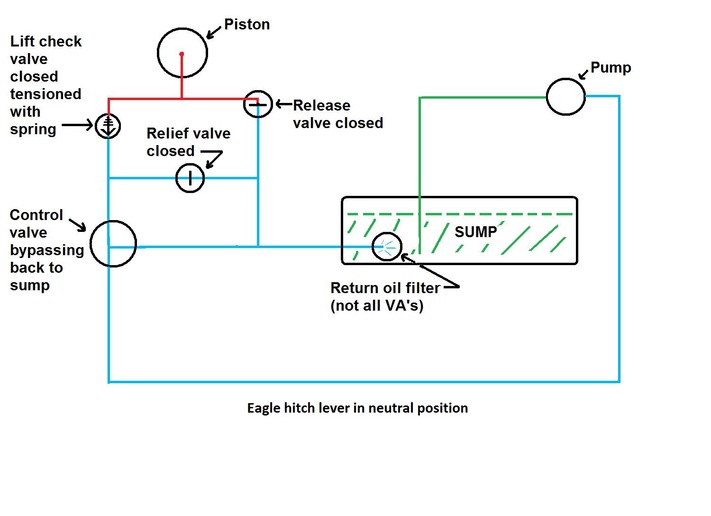I am just now getting to determining why my lift arms settle when tractor is not running. It has been suggested I disconnect the vent/leak off tubing from the rock shaft and cycle the arms up & down about 10 times, then lift arms up with tubing still disconnected. Any persistent leaking would indicate leaky O-rings in the lift cylinder.
Question is, is tractor running when I cycle the arms up/down 10x?
Hopefully I have explained the situation clearly.
Thank you,
Glenn F.
Question is, is tractor running when I cycle the arms up/down 10x?
Hopefully I have explained the situation clearly.
Thank you,
Glenn F.


